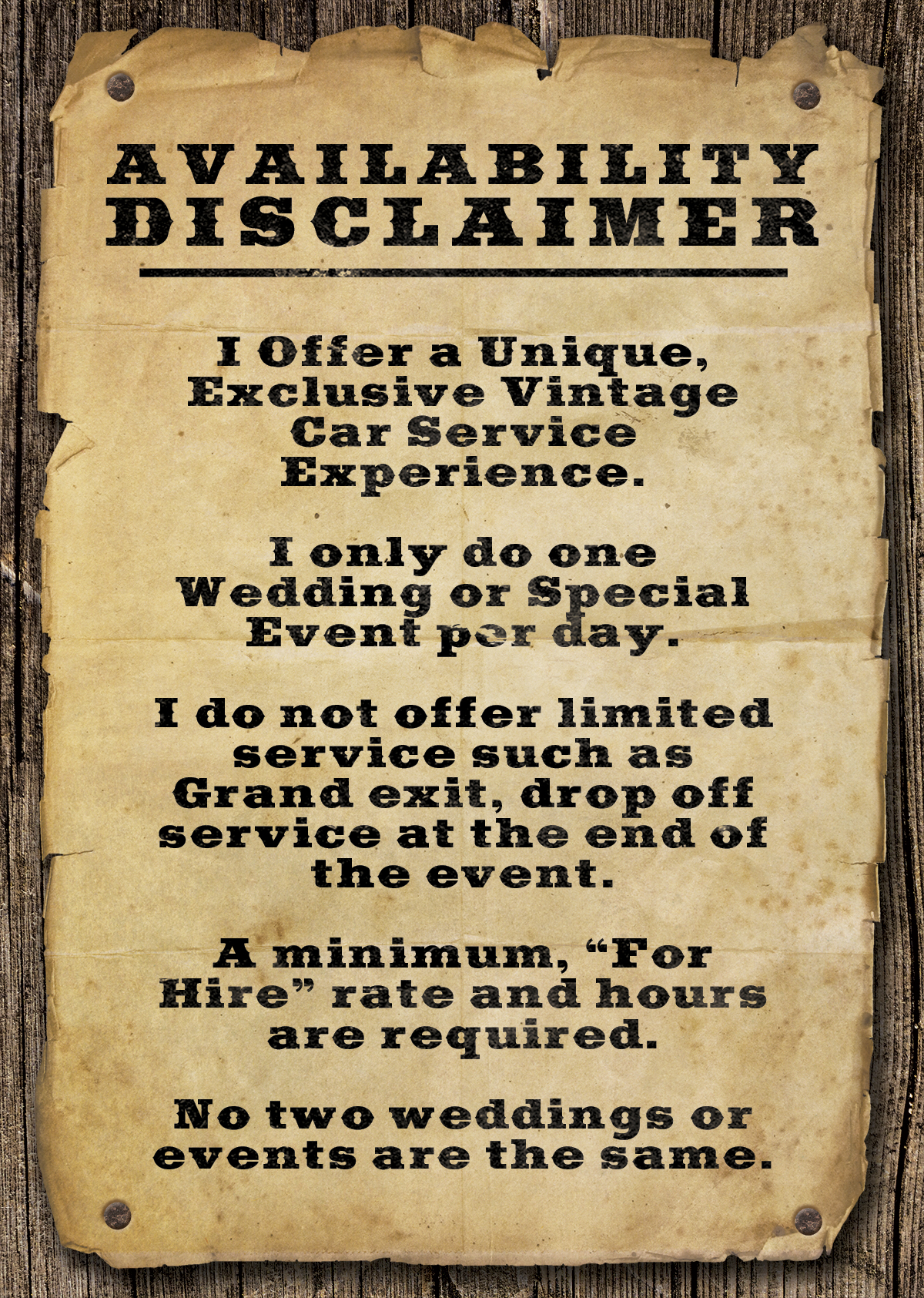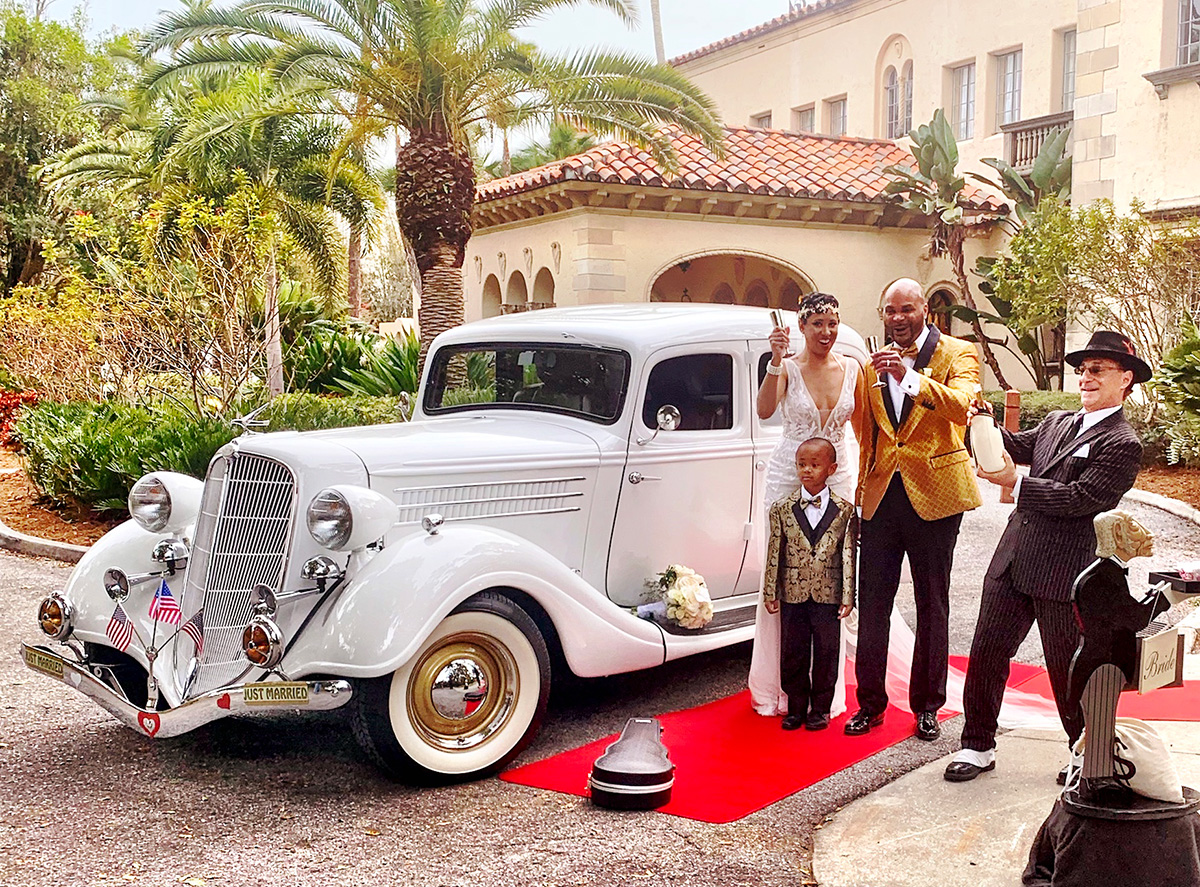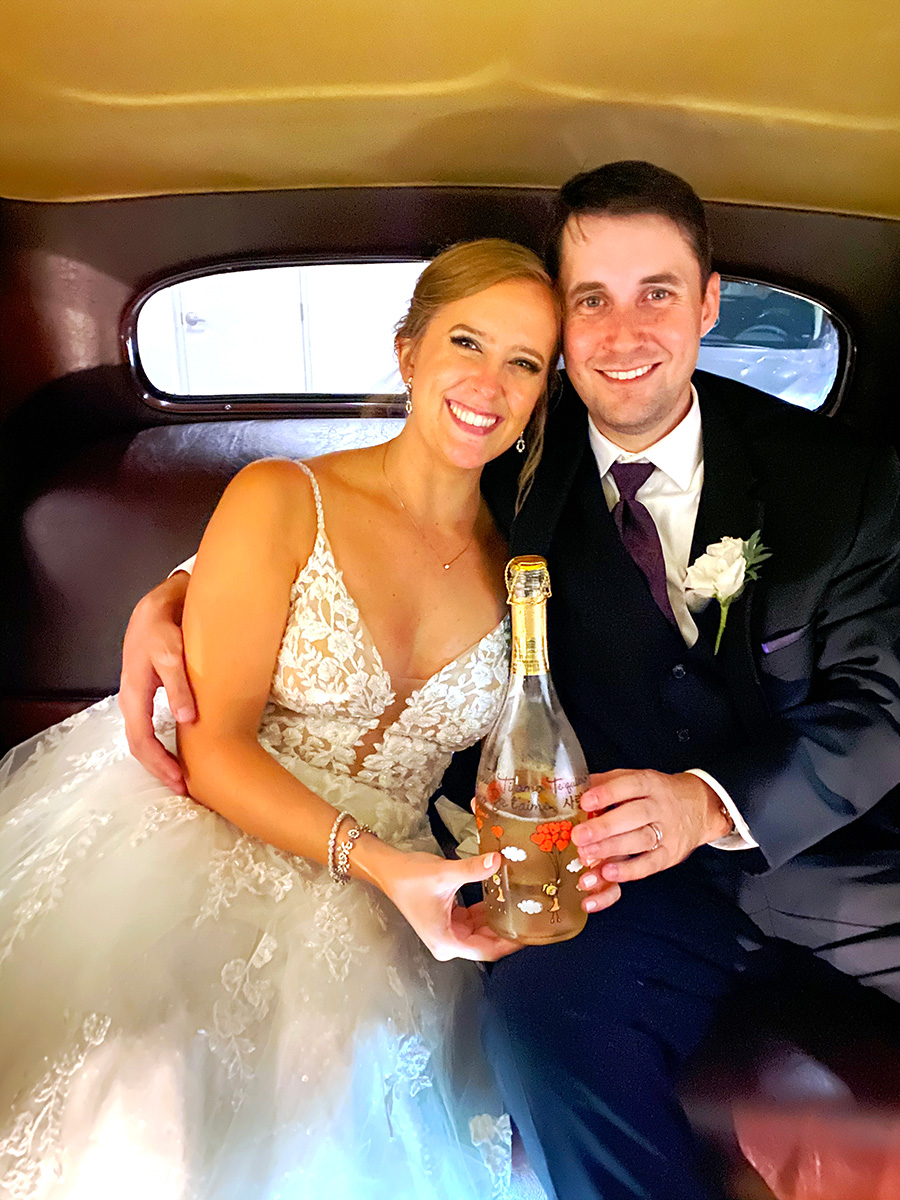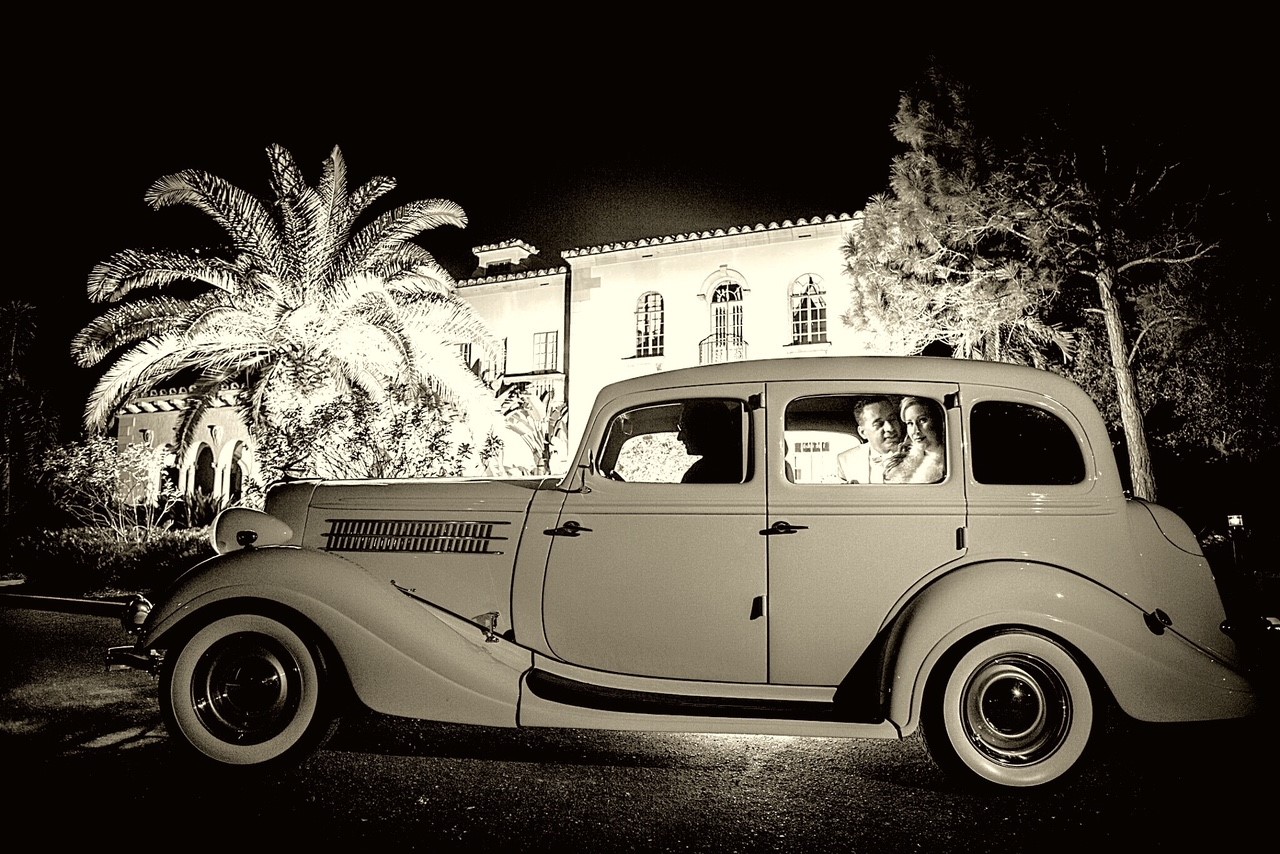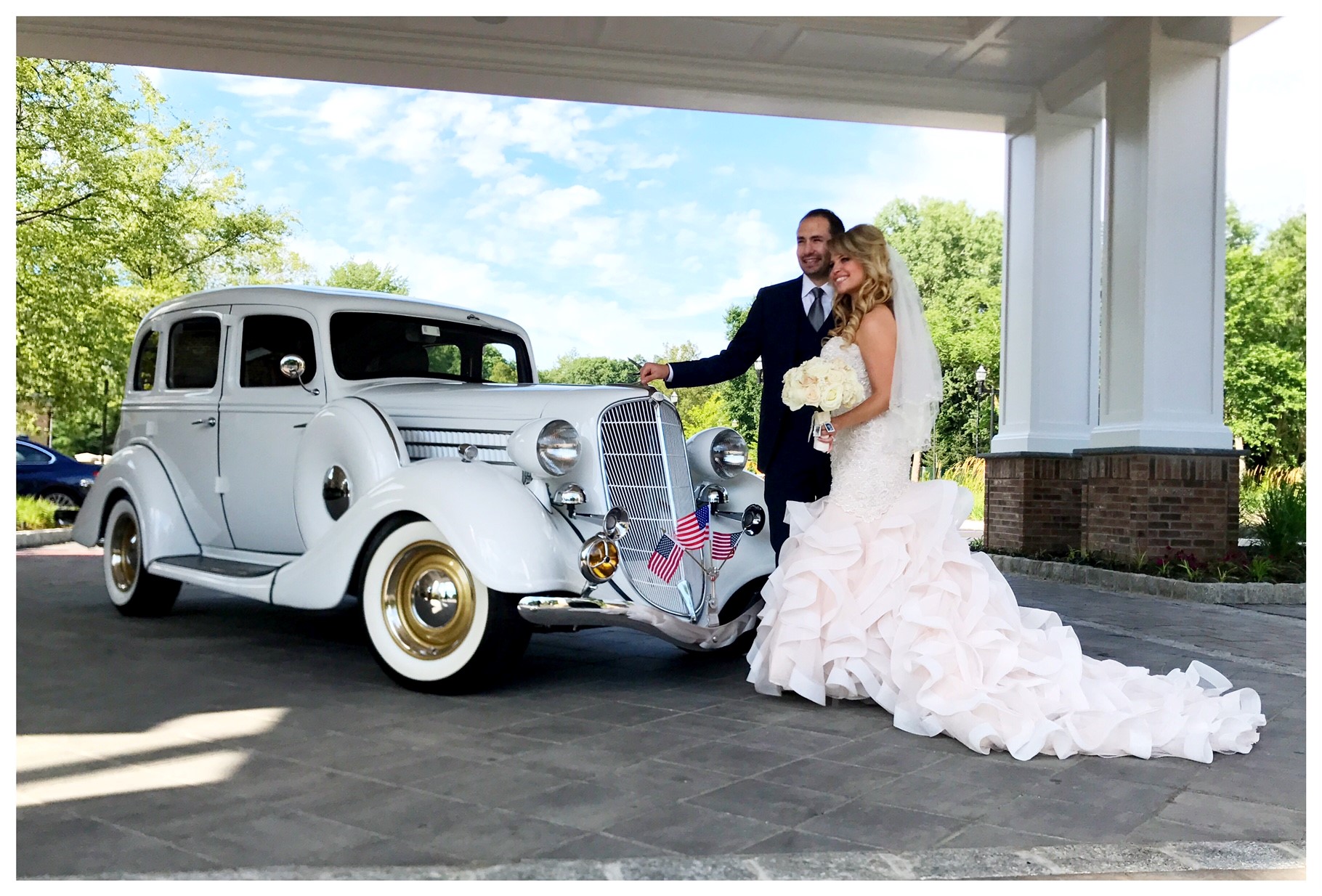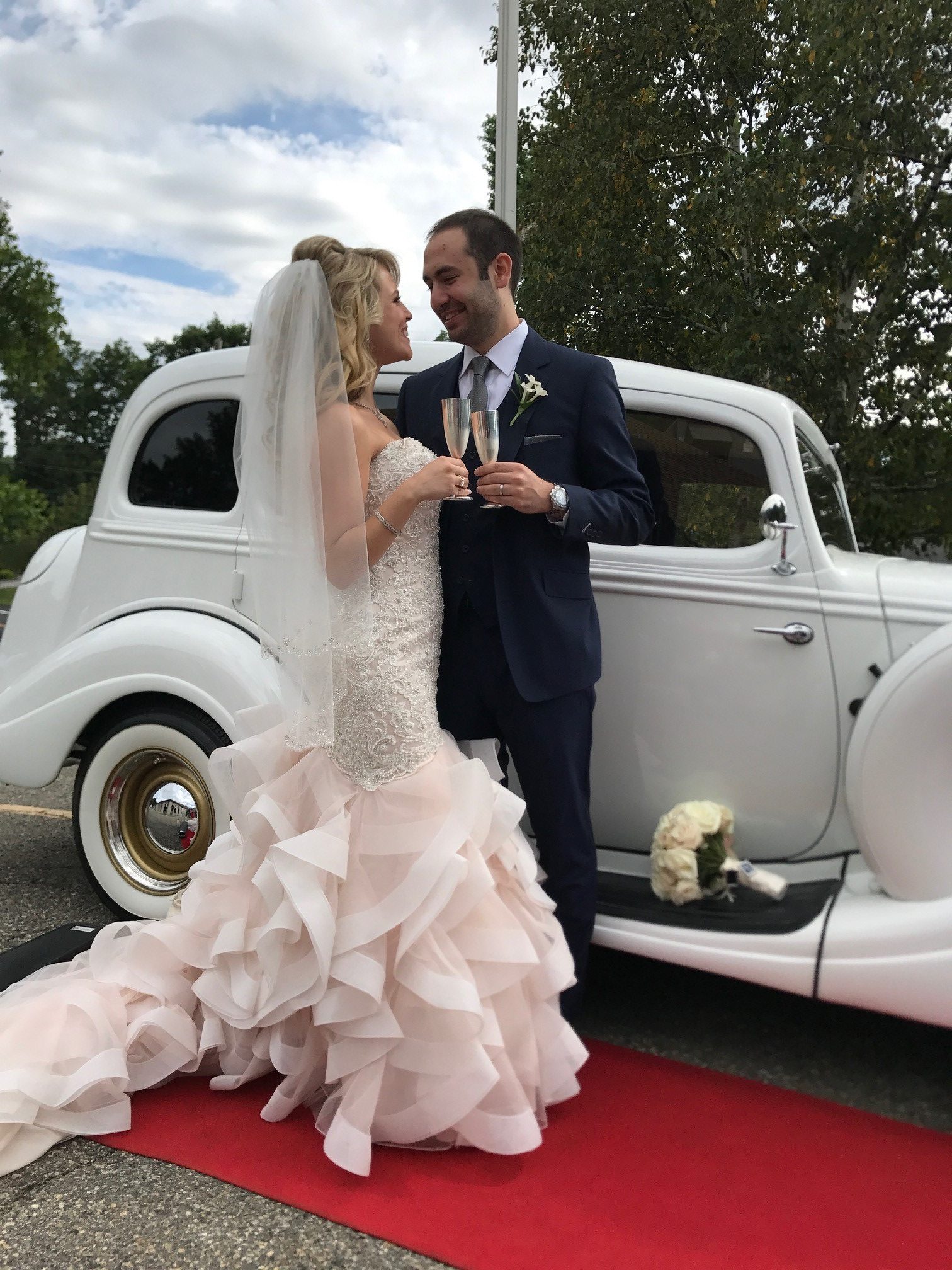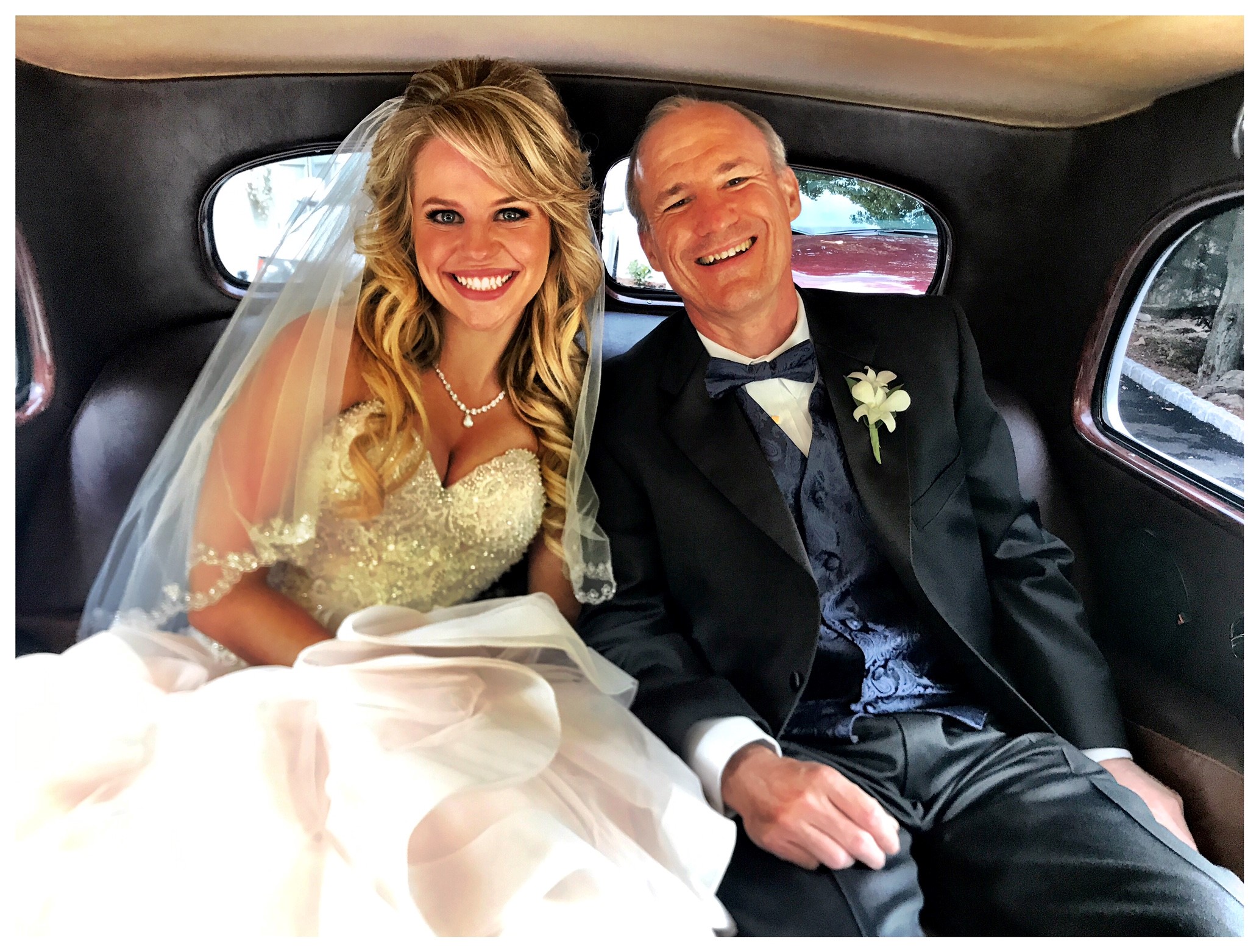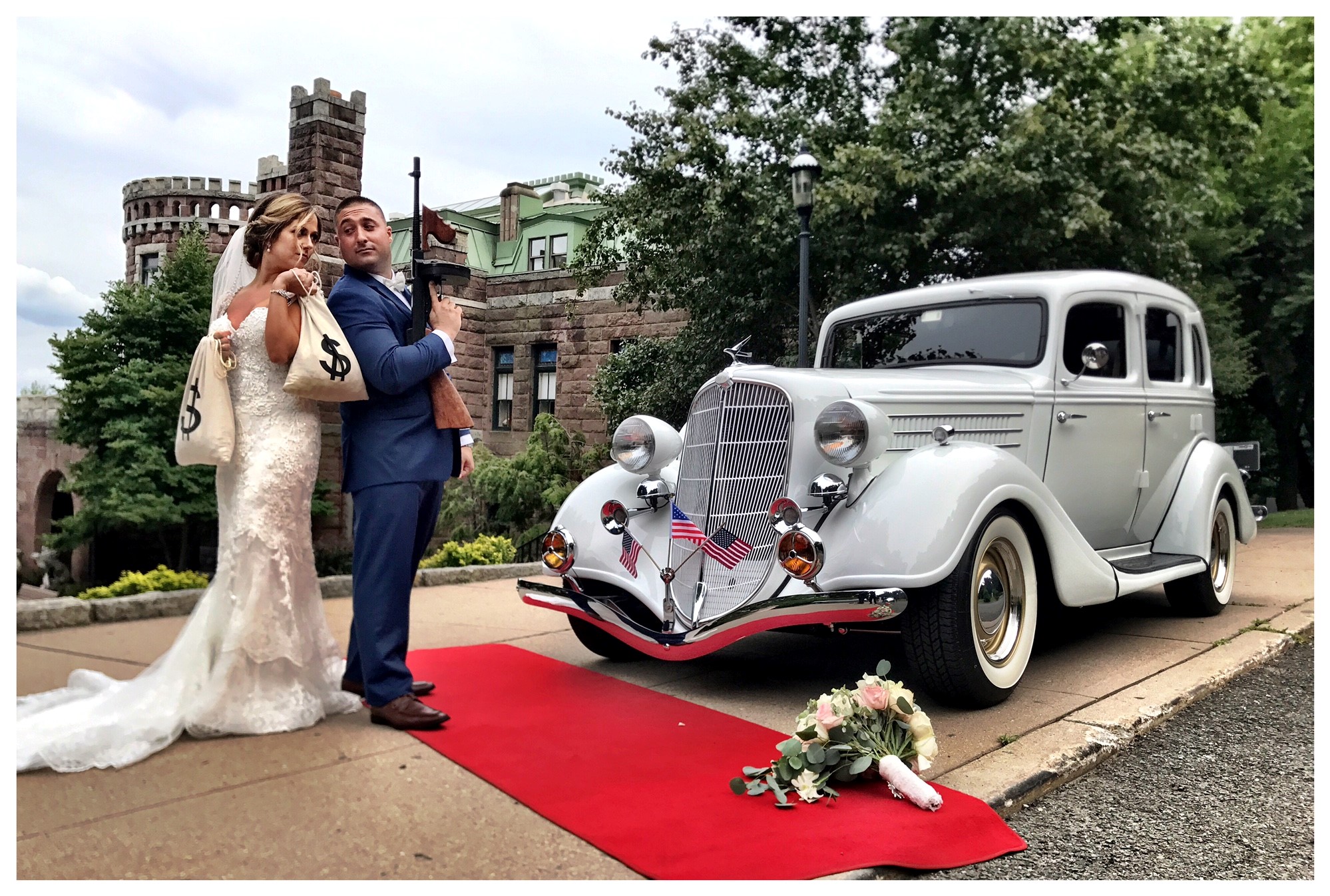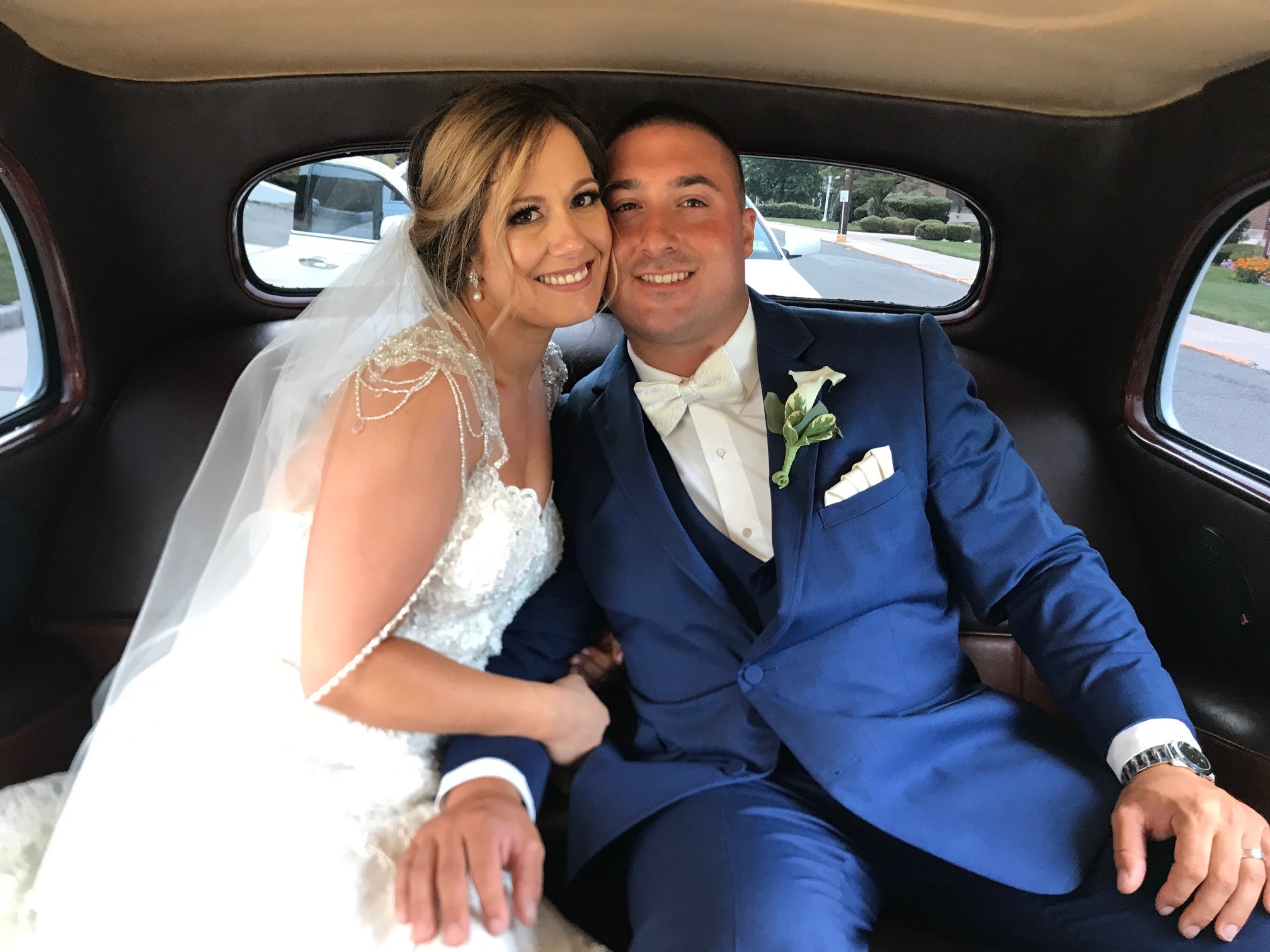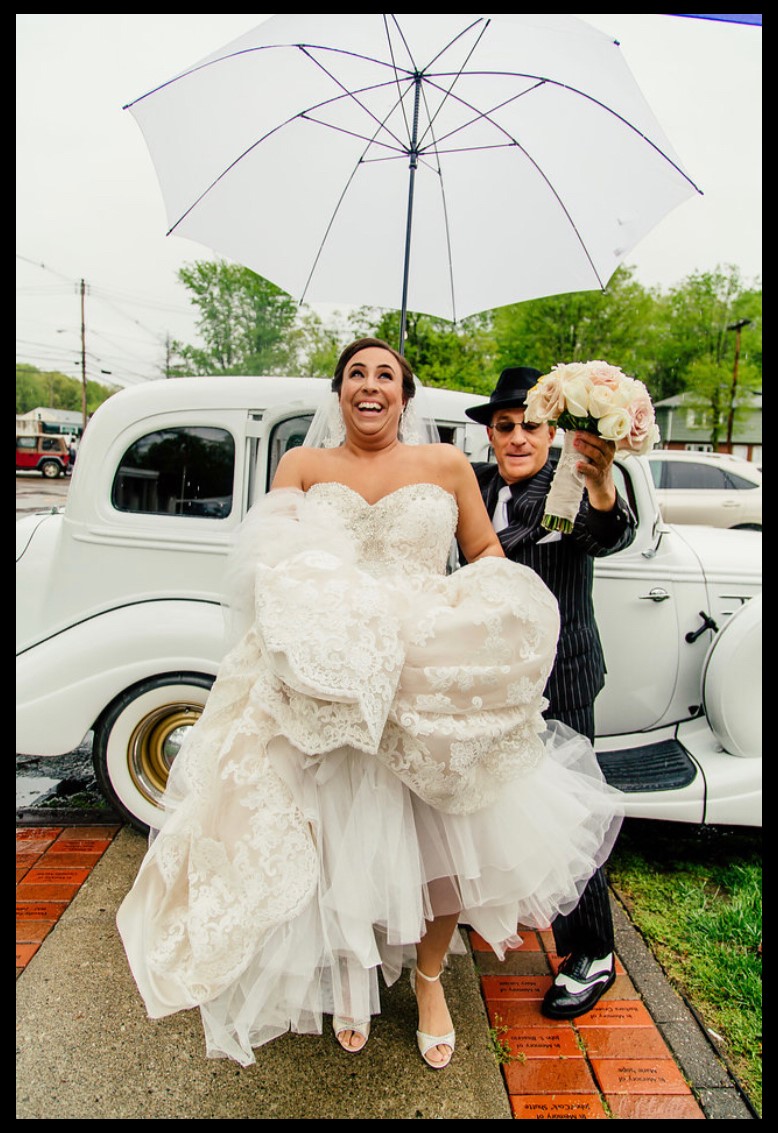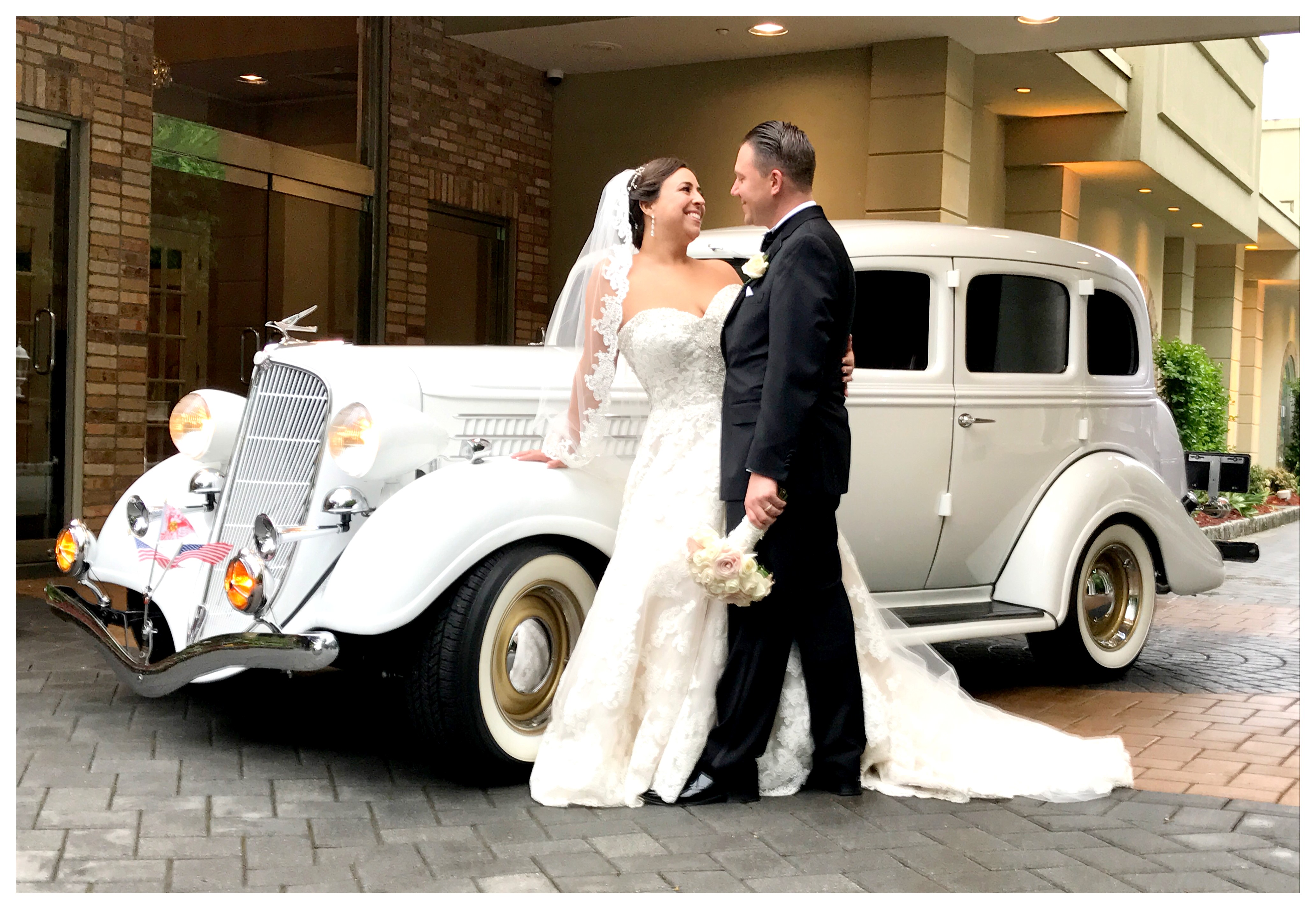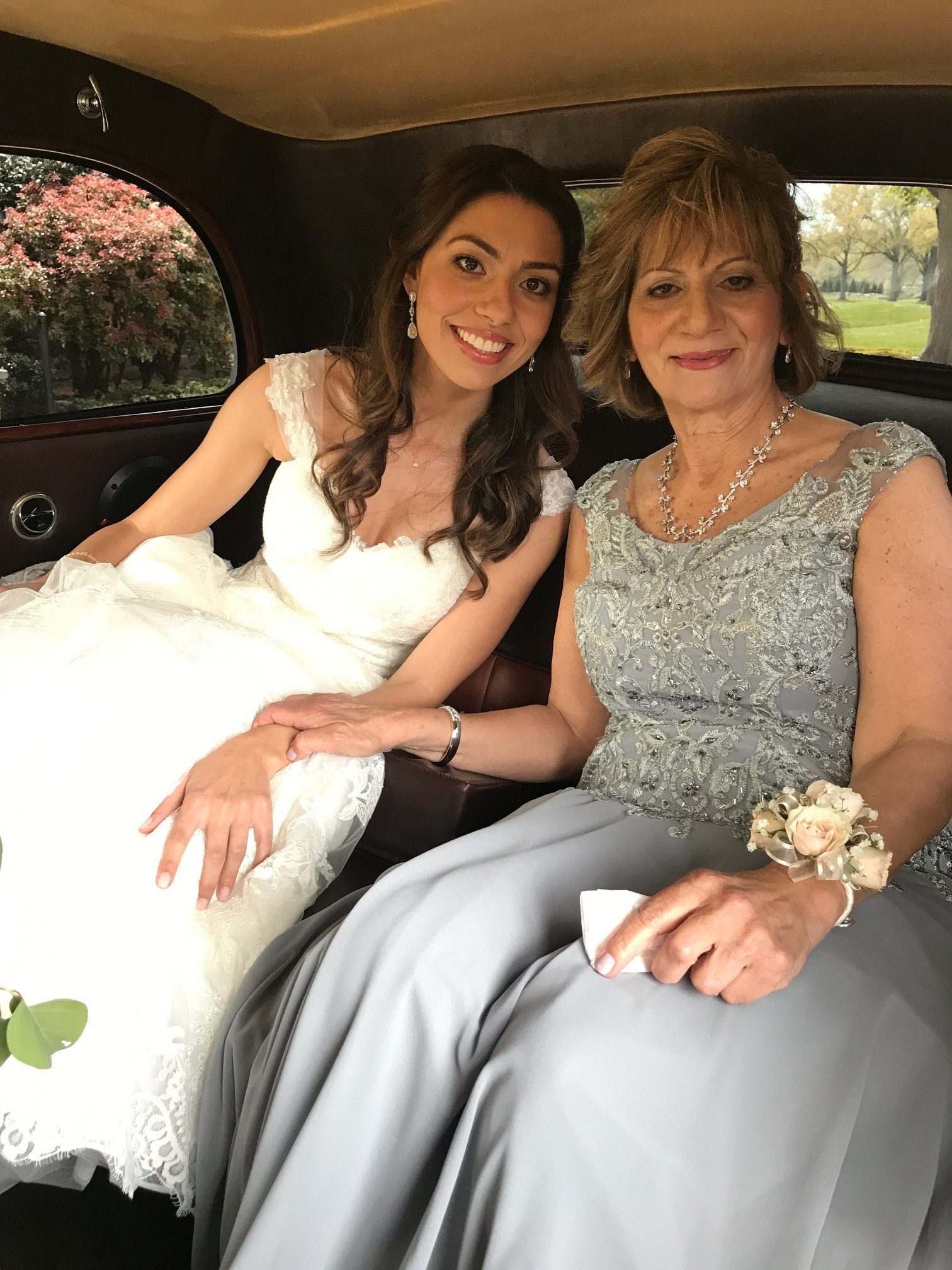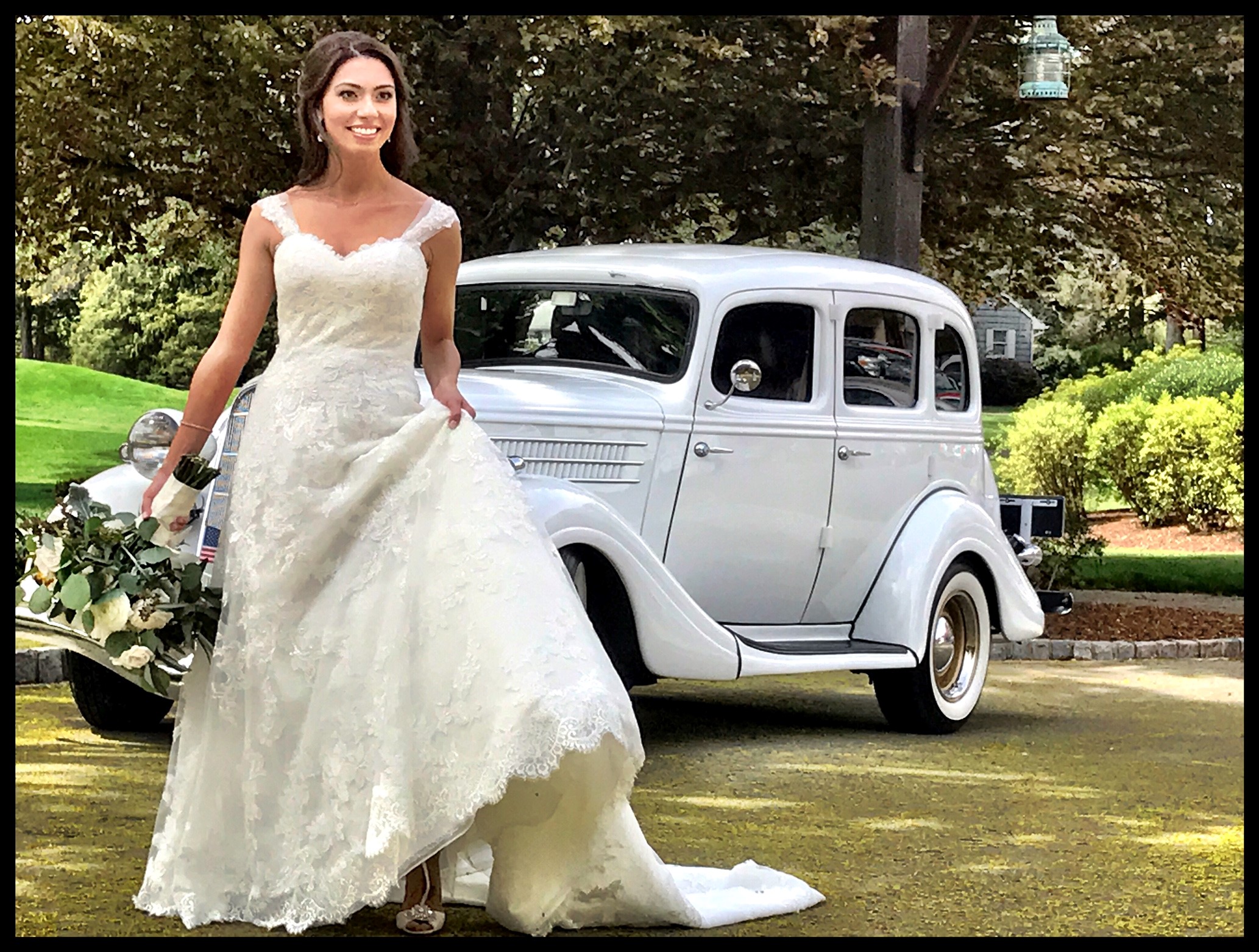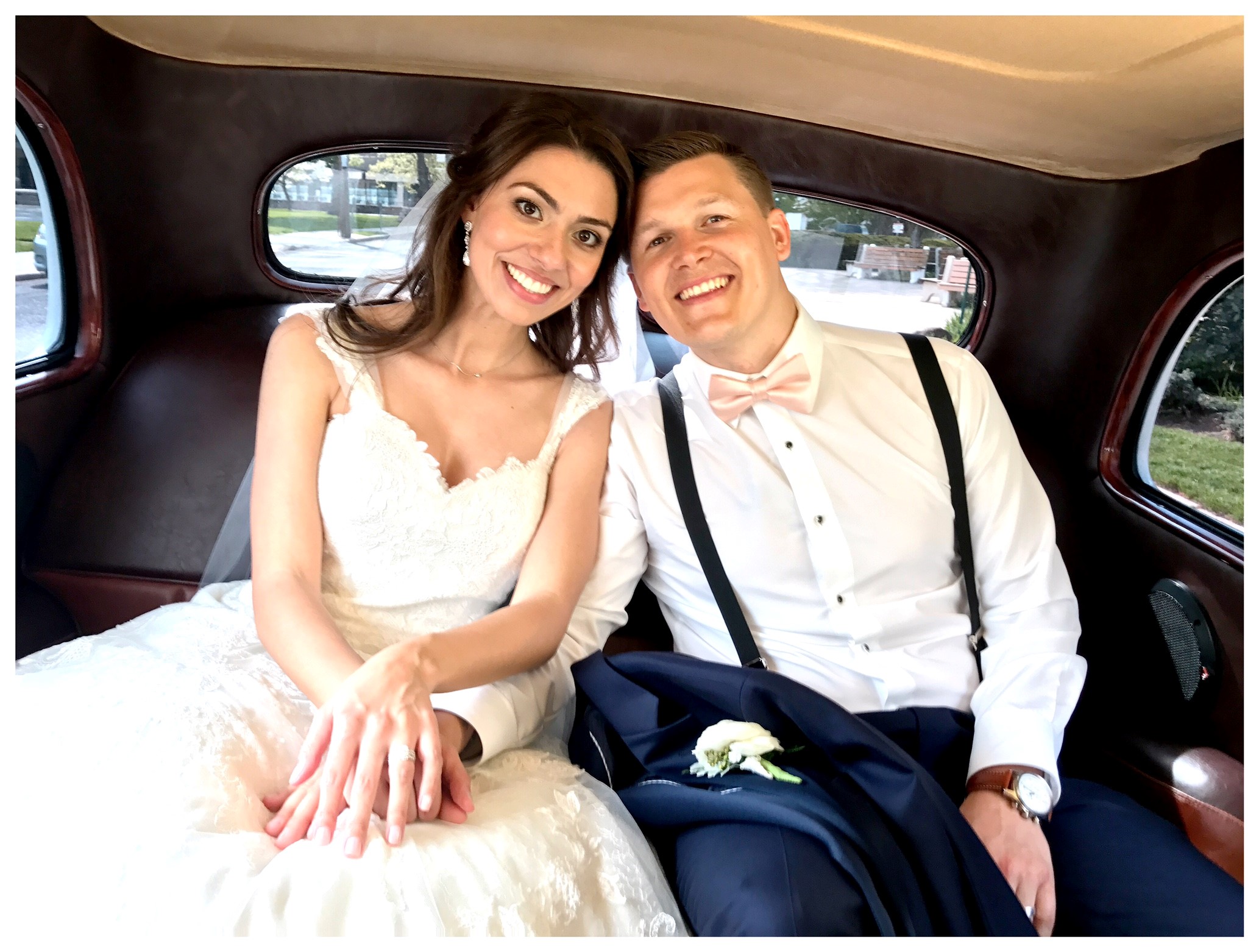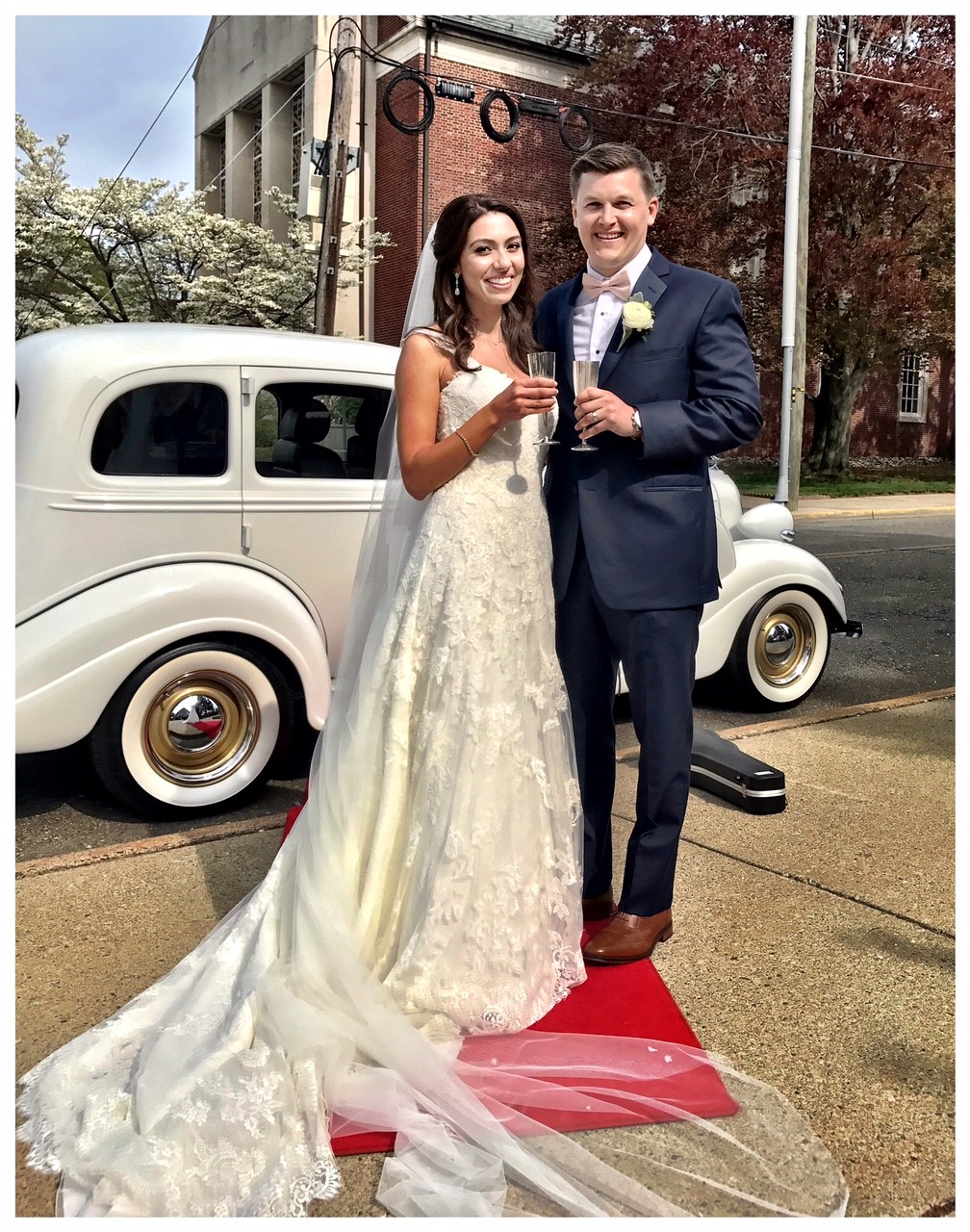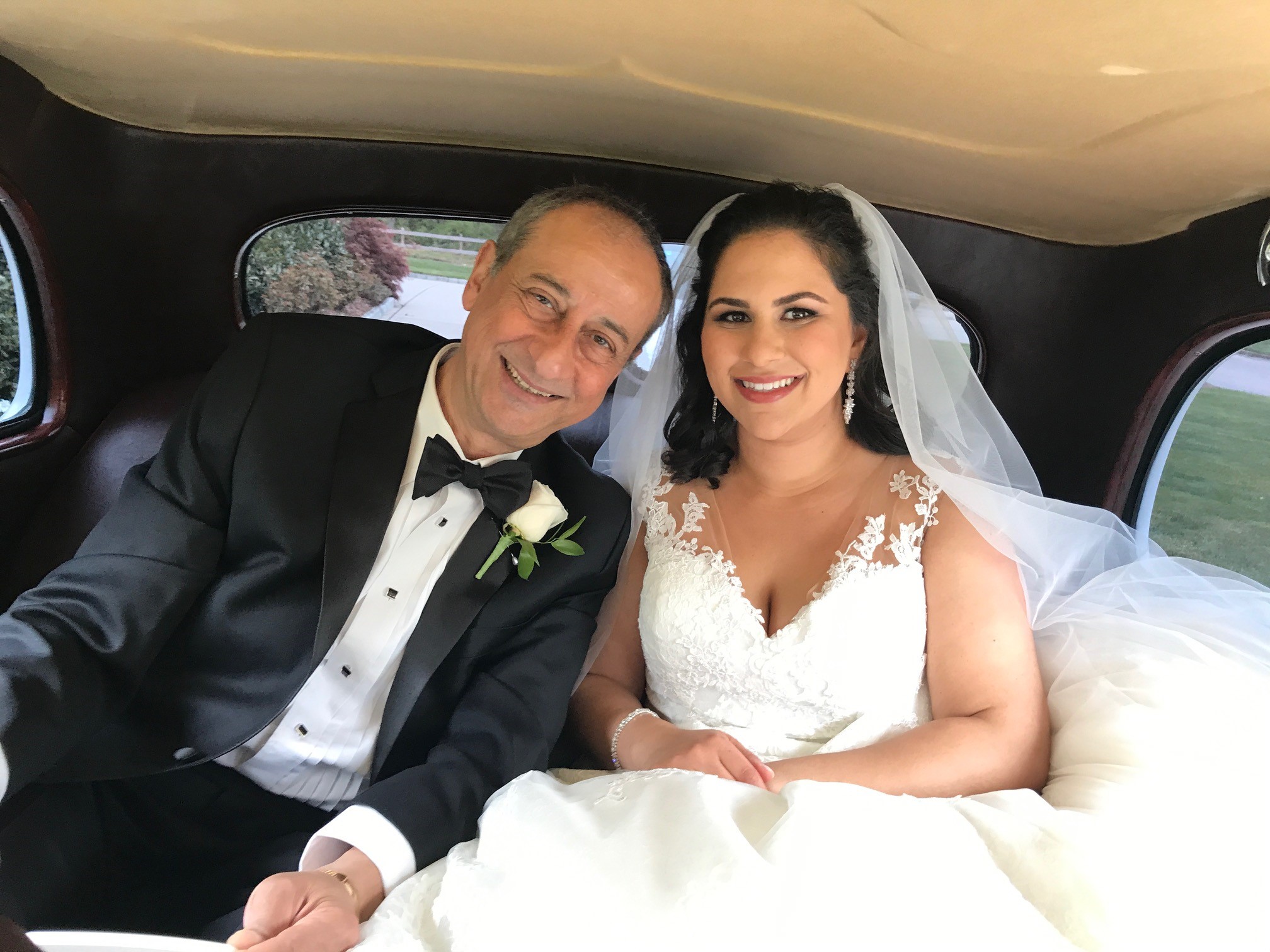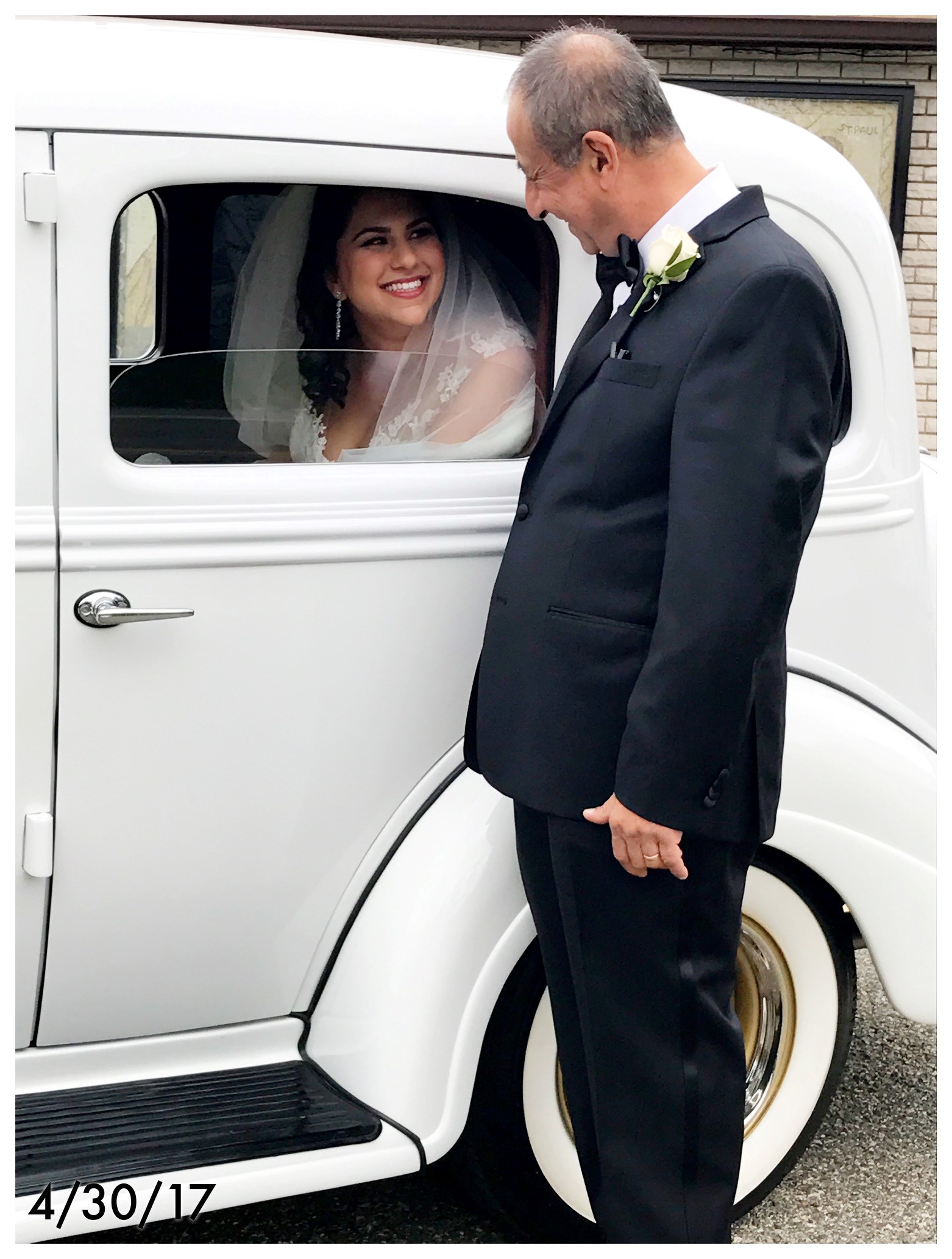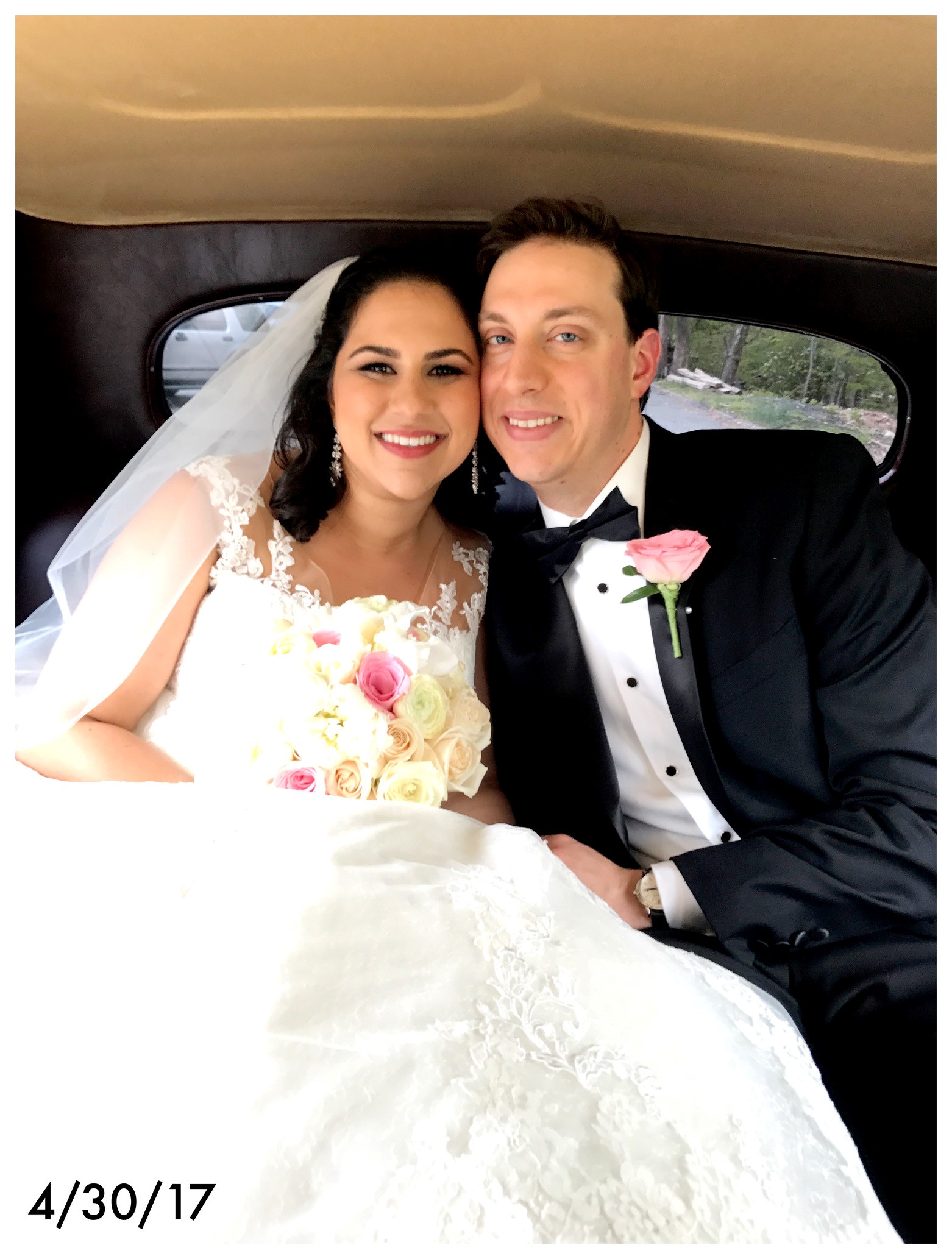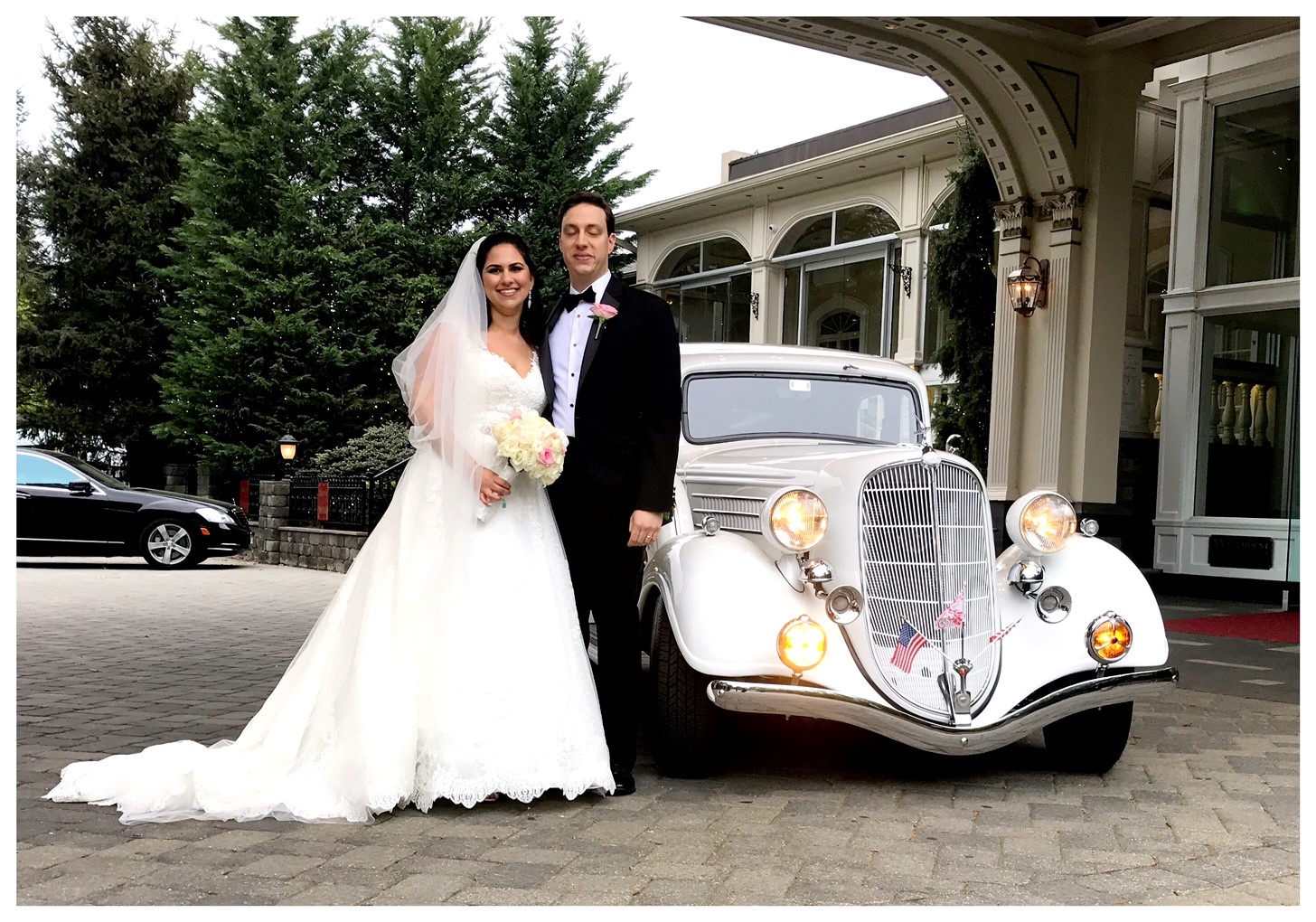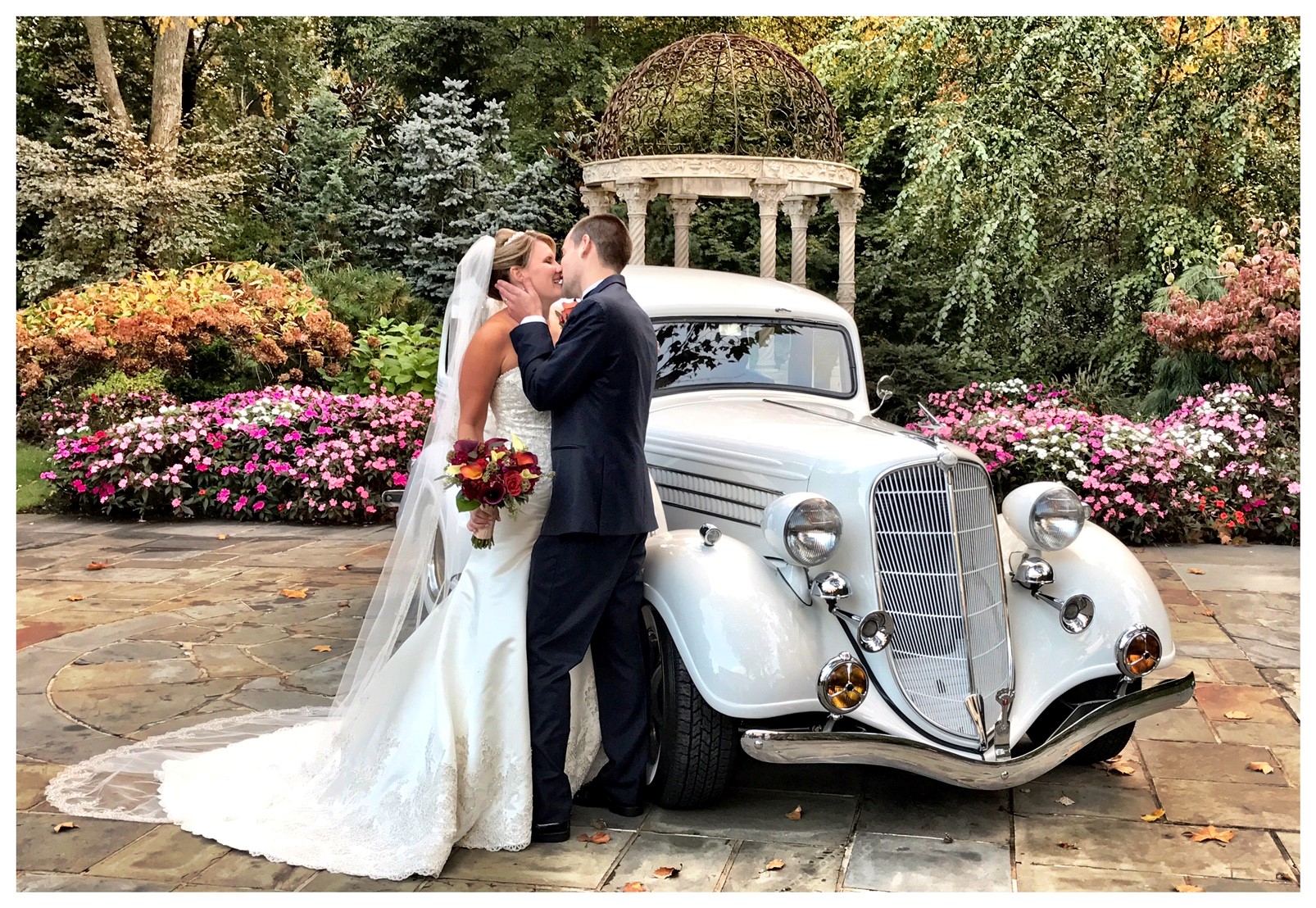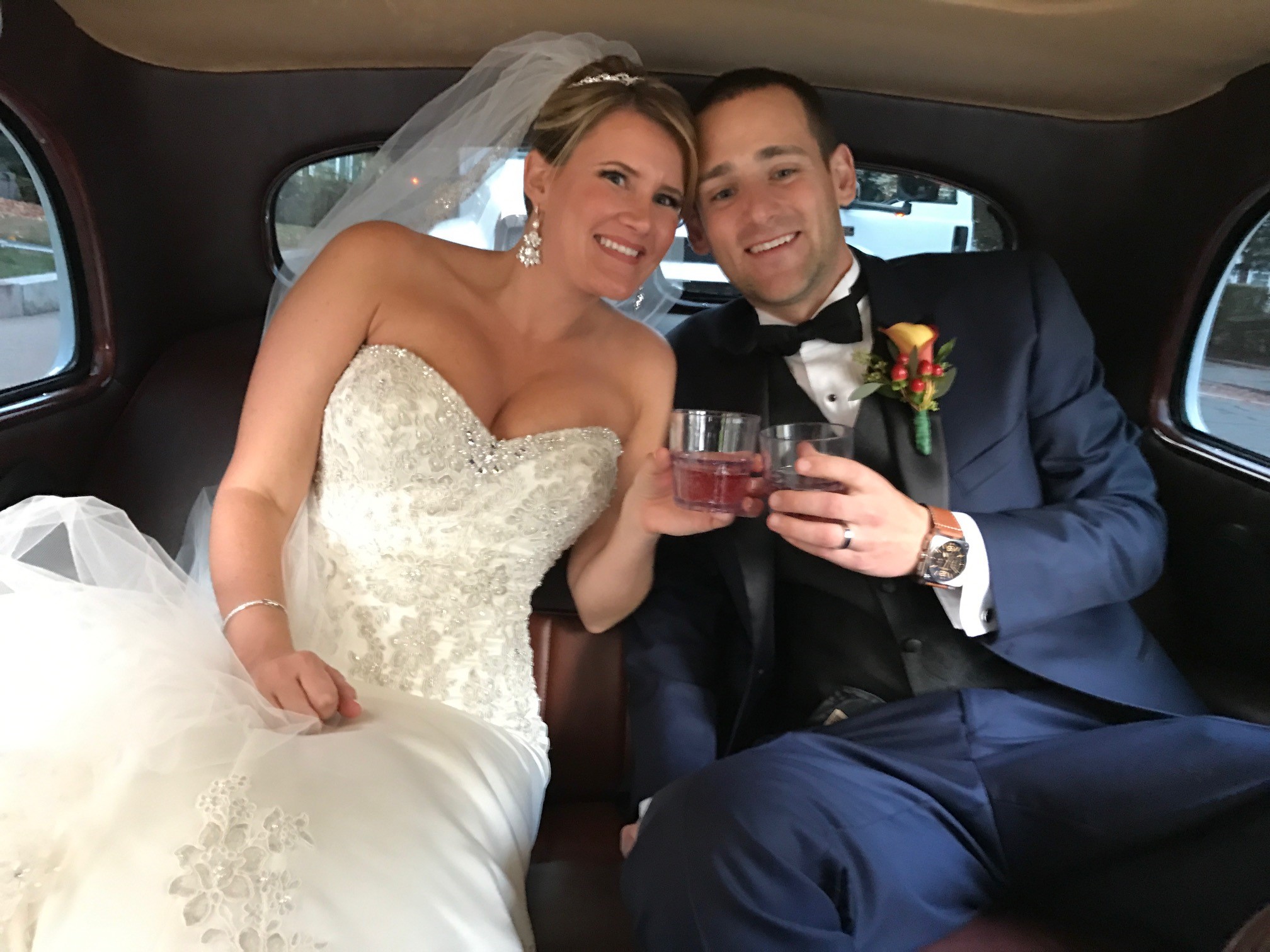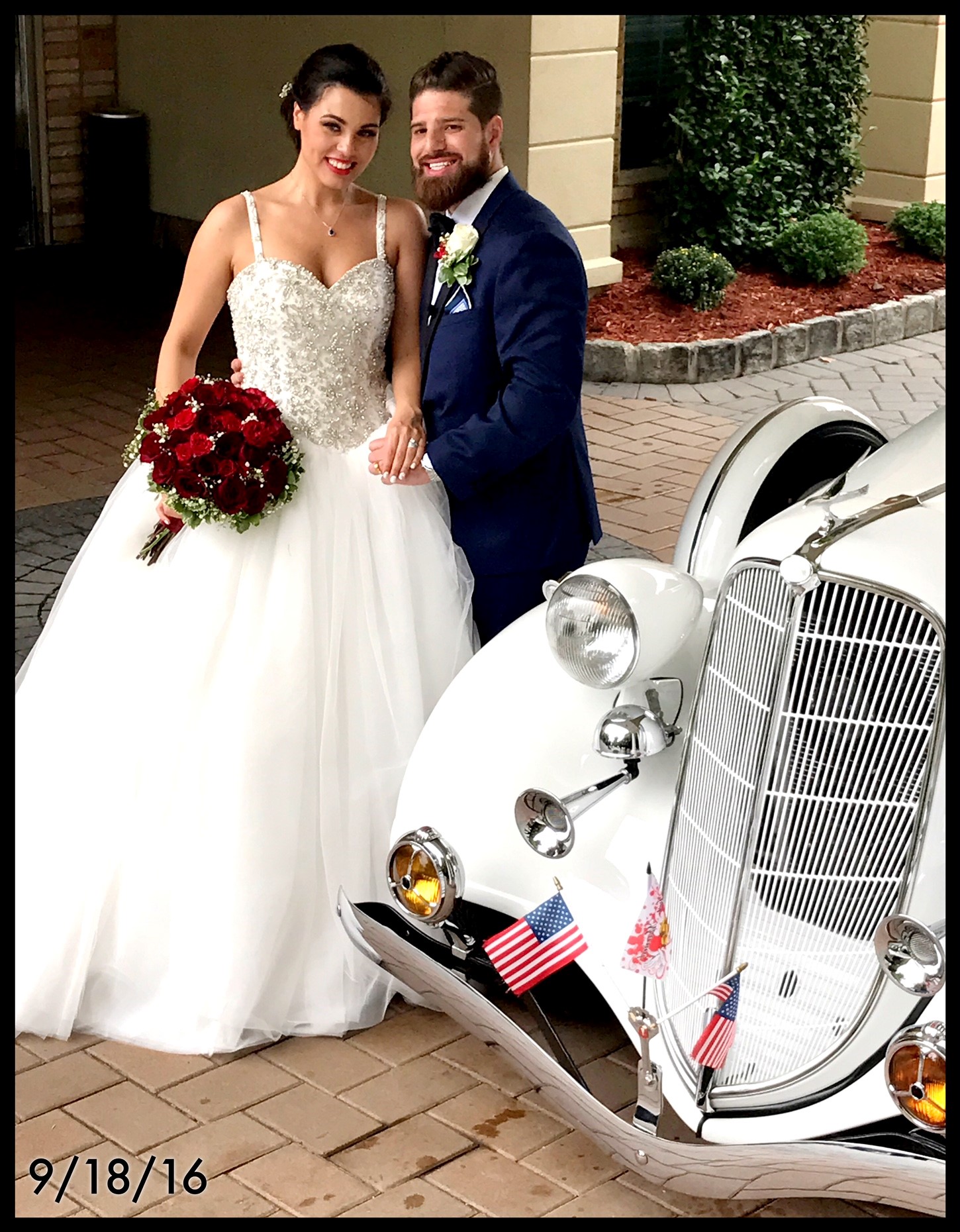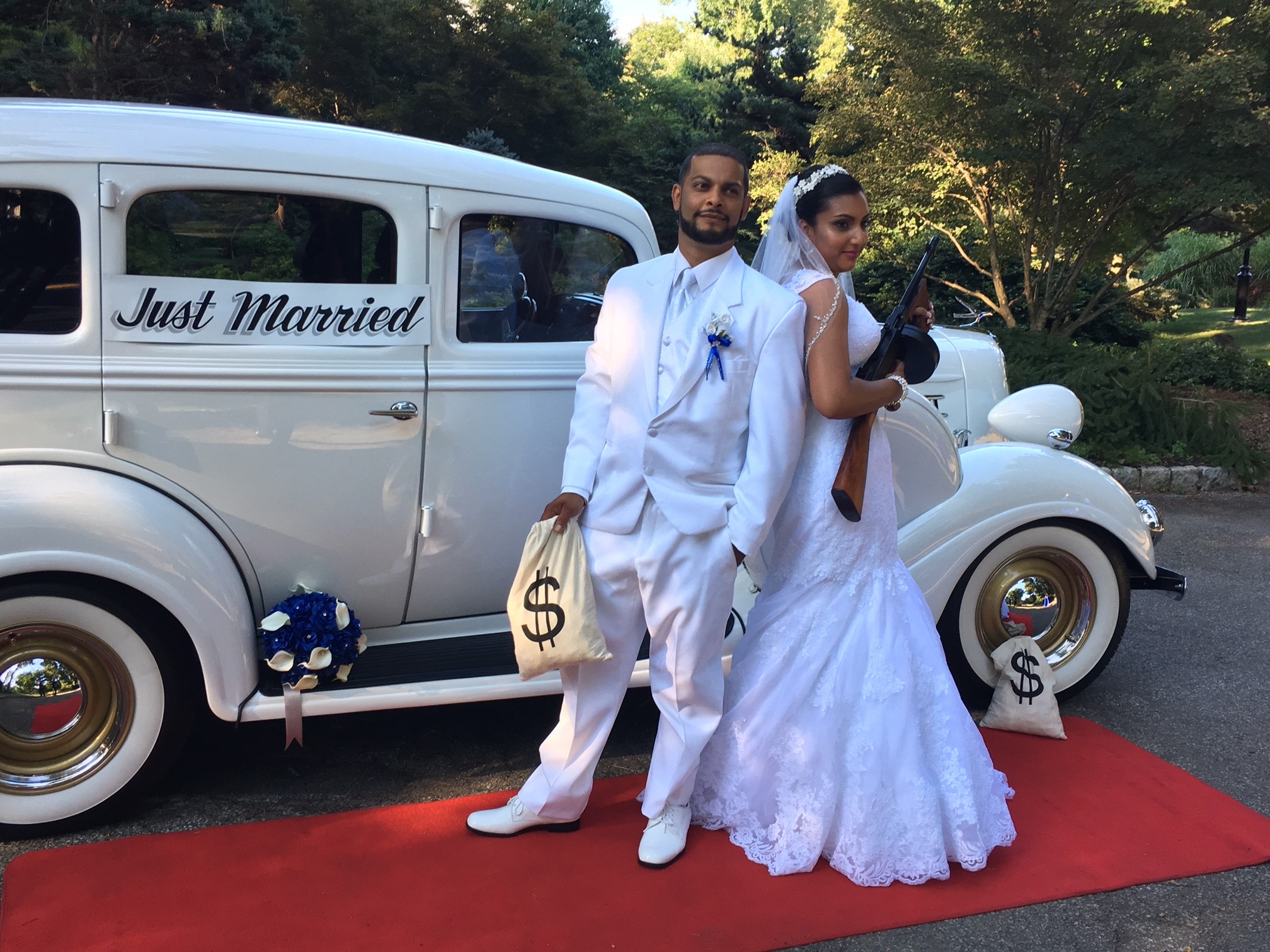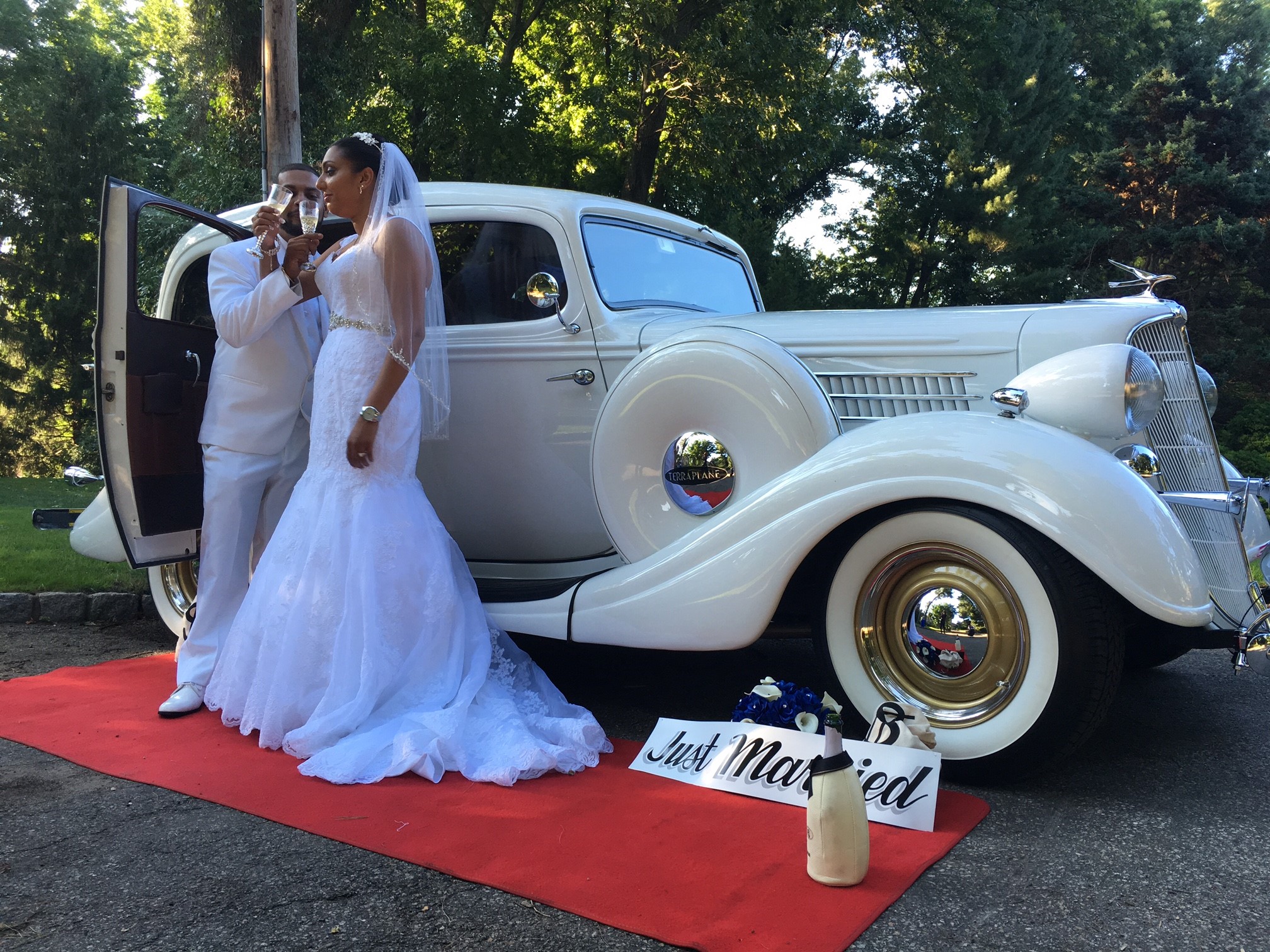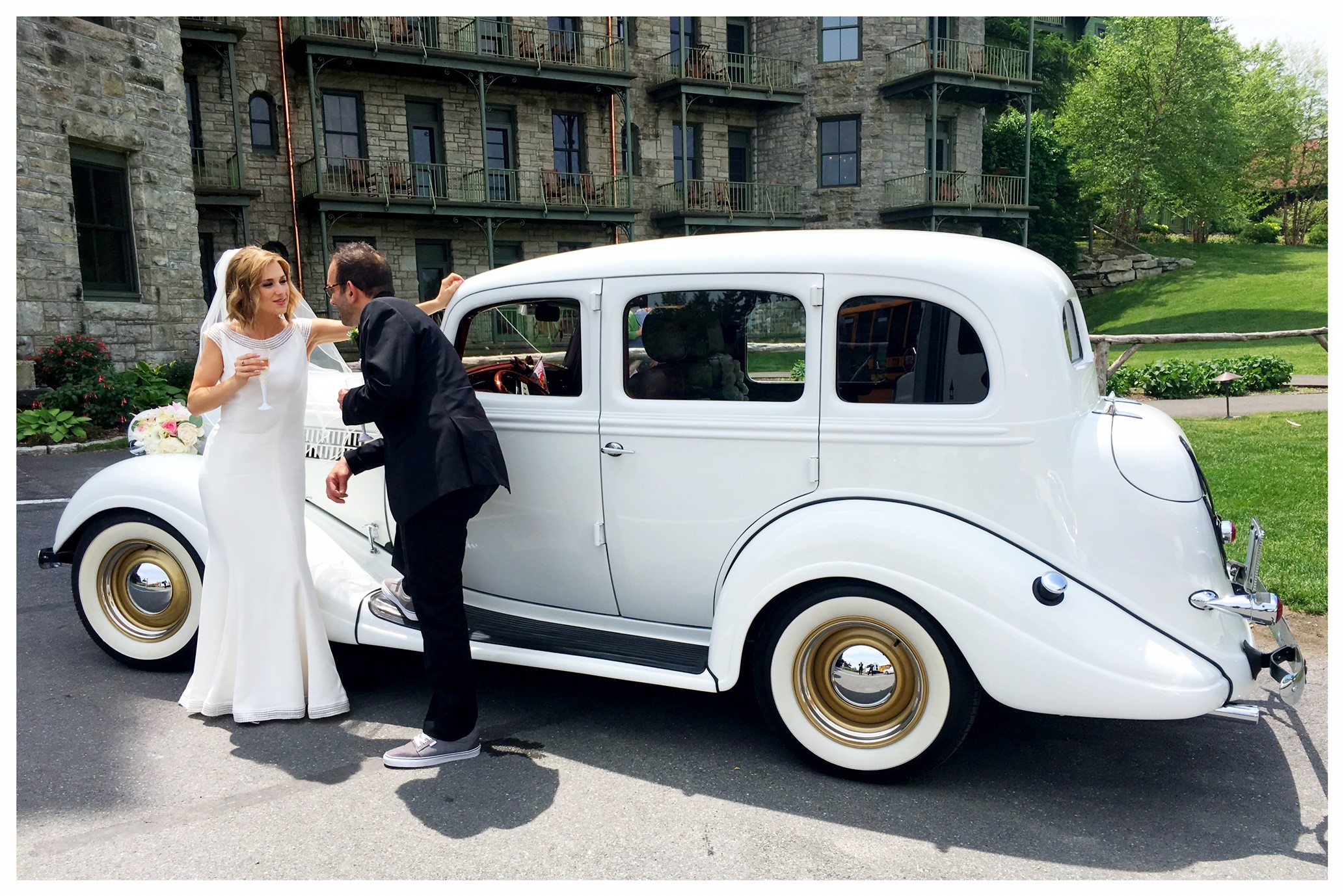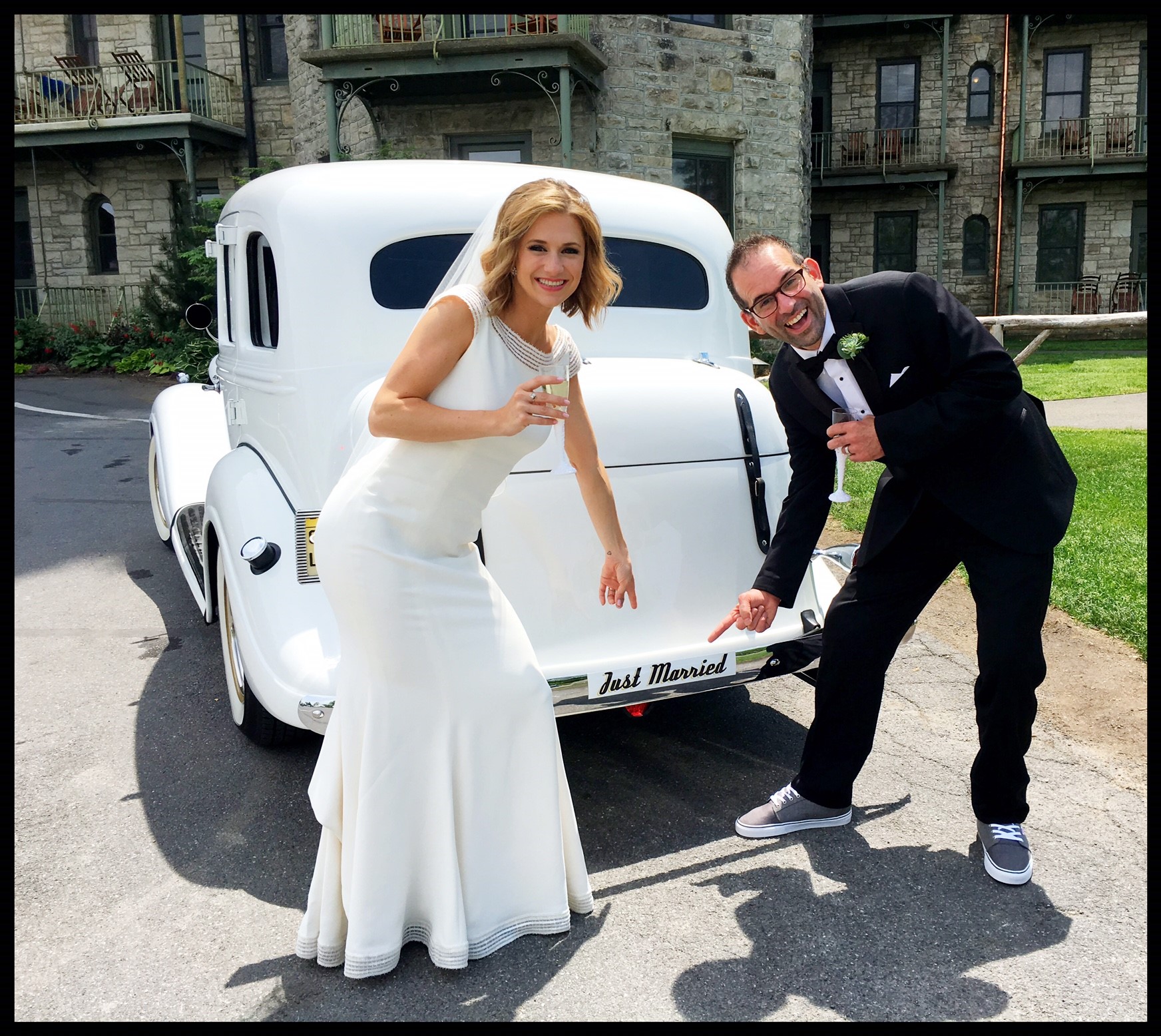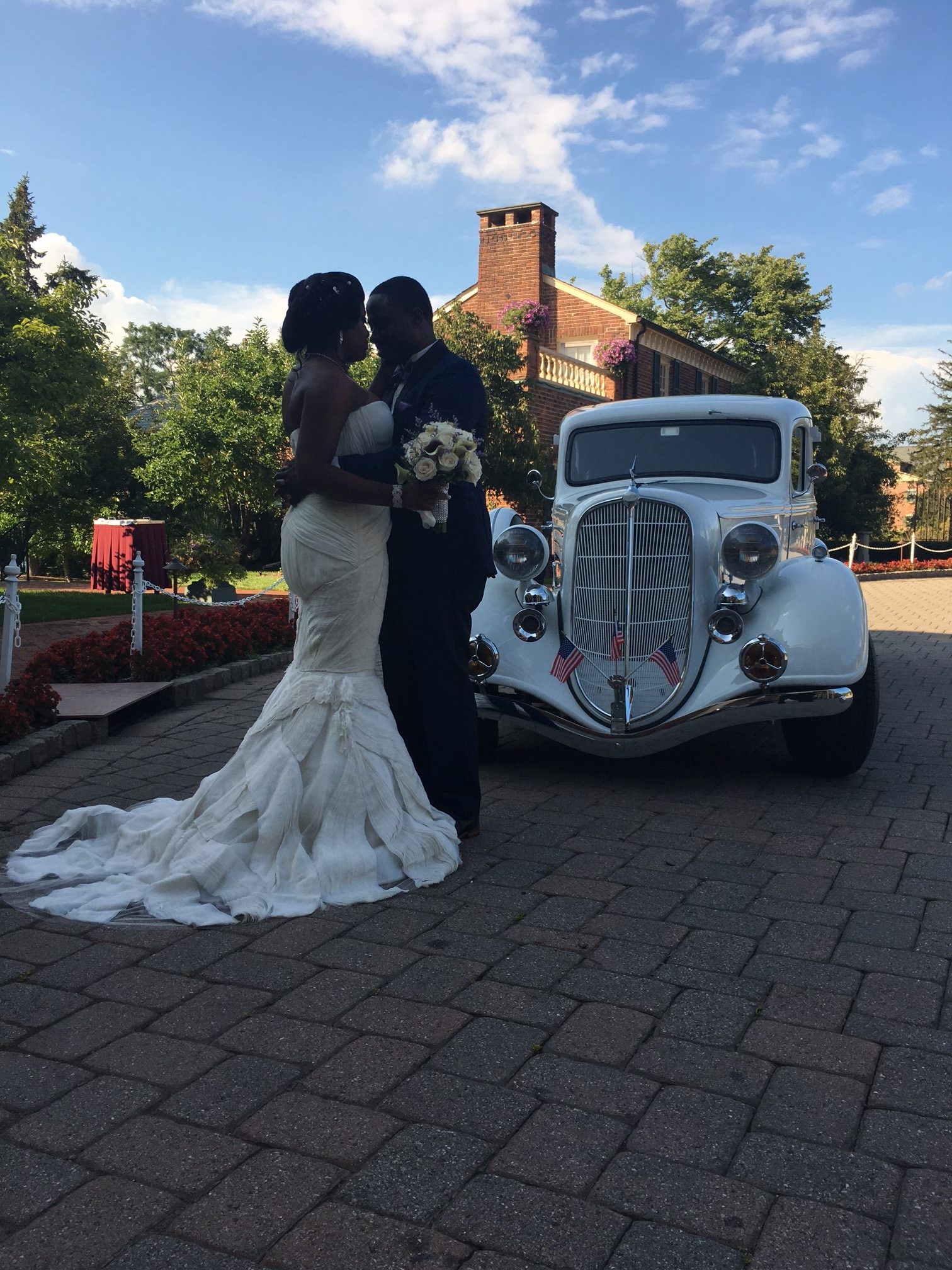
It took guts to launch a new model line in the midst of the Great Depression, but Hudson managed to pull it off with the stylish and popular Terraplane of 1932 through 1938.
The Hudson Motor Car Company of Detroit (1910-1957) was a well-respected maker of upper middle-priced cars in the Buick-Olds range that, due to the limited sales potential in that category, reached down into the low-priced range periodically to fill out its production capacity. Low-priced brands in the Hudson family of cars included the successful Essex of 1919-32, the unsuccessful Hudson Jet of 1953-54 (read our feature here) and maybe the most memorable of the bunch, the popular Terraplane of 1932 through 1938.
Terraplane may seem like a strange name for an automobile until we give it a context, as in the original slogan concocted by the Hudson marketing staff. “On the sea that’s aquaplaning, in the air that’s aeroplaning, but on the land, in the traffic, on the hills, hot diggity dog, that’s Terraplaning!”

The father of the Terraplane was Roy D. Chapin, shown above with a 1933 Convertible Coupe. A Hudson cofounder back in 1910, Chapin had briefly left the company to serve as Secretary of Commerce in the Hoover administration, but came back to rescue the automaker from its near-collapse when the depression arrived. Decades later, his son Roy Chapin Jr. would lead Hudson’s successor, American Motors.
The Terraplane could be described as a sleeker, updated version of the Essex, and indeed, the new model was initially branded as the Essex Terraplane when it was introduced in the summer of 1932 to help guide car buyers through the transition. (The Essex name was dropped for ’34.)
Along with its youthful styling and low prices, $425 to $590 in 1932, the Terraplane soon became known for its performance. With its nimble size and 70-horsepower six-cylinder engine, the baby Hudson actually had a better power-to-weight ratio than the 65-horsepower ’32 Ford V8. And for 1933 a straight-8 version with 94 horsepower was briefly offered, which made the Terraplane one of the hottest performing low-priced cars of the depression years. Some of its stock-car performance records were not broken until 1951.

To promote the Terraplane, Hudson recruited celebrities of land, sea, and air transportation, including Orville Wright, industrialist and boat racer Gar Wood, and aviator Amelia Earhart. The surviving Wright brother (above) received the first Terraplane to roll off the production line, a 1932 coupe, while Lady Lindy received the second, a sedan. (Read about Amelia and her cars here.) Other Terraplane endorsers included boat racer Horace Dodge Jr. and Irish record chaser Kaye Don. And while they were never part of the company’s official marketing effort, gangsters Baby Face Nelson and John Dillinger were known to be Terraplane enthusiasts, as were the lawmen who pursued them.

Terraplane was a technical innovator in the low-priced field with novel features like Electric Hand, shown above. Developed by Bendix and introduced by Hudson and Terraplane in 1935, Electric Hand was a vacuum-electric preselector gear shifter that was later adopted by Cord and Tucker. Other advanced Hudson/Terraplane features included an all-steel top in 1935 (matching General Motors) and Baker Axle-Flex independent front suspension, an articulated three-piece beam axle setup, in 1934.
The Terraplane was in part a victim of its own success, we could say. While the junior Hudson never came close to rivaling the low-priced three of Ford, Chevrolet, and Plymouth in sales, it gave a much-needed boost to Hudson’s annual volume and to its balance sheets as well. As a result, each year the Terraplane gained in size, features, and price until finally it was a Hudson in all but name. For 1938, the Terraplane became the Hudson Terraplane, a model designation within the senior Hudson line—like the 1938 Model 81 Brougham pictured below. For 1939, the Terraplane name was eliminated altogether.


